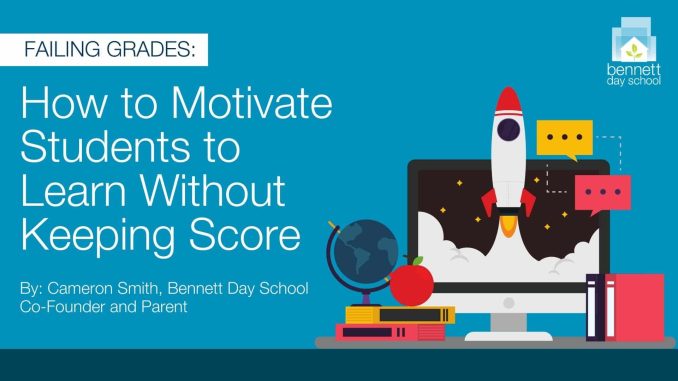
Learning without grades requires a shift in mindset—from external validation to internal growth. In traditional academic systems, grades often serve as the primary measure of success. They dictate how students prioritize tasks, how they perceive their abilities, and even how they define their worth. But when grades are removed from the equation, what remains is the essence of learning itself: curiosity, exploration, and the pursuit of understanding. This approach mirrors the way professionals learn in business environments, where progress is measured not by scores but by insight, impact, and adaptability.
One of the first challenges in learning without grades is redefining motivation. Without the pressure of a looming exam or the incentive of a high mark, learners must find reasons to engage that are more personal and enduring. This often begins with identifying relevance. When students understand how a concept connects to their interests, goals, or real-world applications, they’re more likely to invest effort. A student studying economics without the constraint of grades might explore how market dynamics affect local businesses or global trade. That connection transforms abstract theory into something tangible and meaningful. In business, professionals learn best when they see how knowledge applies directly to their work or strategic objectives. The same principle applies in education—purpose drives engagement.
Self-assessment becomes a central tool in this kind of learning. Without grades to signal performance, learners must develop the ability to evaluate their own progress. This involves asking reflective questions: What have I understood? Where am I still unclear? How can I apply this knowledge? These questions foster metacognition, the awareness of one’s own thinking, which is a critical skill in both academic and professional contexts. A student learning programming might test their understanding by building a small application, identifying bugs, and refining their code. The process itself becomes the assessment. In business, iterative feedback and self-review are essential for growth. Learning without grades encourages the same kind of continuous improvement.
Collaboration also plays a vital role. When grades are removed, learning becomes less competitive and more cooperative. Students are more likely to share ideas, ask questions, and support one another. This creates a richer learning environment where diverse perspectives enhance understanding. In business, team-based learning is often more effective than individual effort, especially when solving complex problems. A group of professionals might tackle a strategic challenge by pooling insights, testing scenarios, and refining their approach together. In education, this collaborative spirit fosters deeper engagement and a sense of shared purpose.
Feedback, in this context, shifts from judgment to guidance. Instead of being told what they did wrong, learners receive input that helps them grow. This kind of feedback is more nuanced and constructive, focusing on strengths, areas for development, and next steps. A student writing an essay might receive comments on clarity, argument structure, and use of evidence—not a letter grade, but actionable insights. In business, feedback is often delivered in the form of coaching or performance reviews, aimed at helping individuals refine their skills and achieve their goals. Learning without grades encourages a similar approach, where feedback becomes a conversation rather than a verdict.
Intrinsic motivation flourishes in this environment. When learners pursue knowledge for its own sake—because they’re curious, because they want to solve a problem, or because they’re passionate about a topic—they develop a deeper and more lasting understanding. This kind of motivation is more resilient than the fleeting drive to earn a grade. A student fascinated by environmental science might spend extra time researching climate models or exploring sustainable technologies, not because it’s required, but because it matters to them. In business, professionals who are intrinsically motivated tend to be more innovative, more committed, and more effective. Learning without grades cultivates that same internal drive.
The absence of grades also encourages risk-taking. When failure isn’t penalized, learners are more willing to experiment, explore new ideas, and push boundaries. This leads to more creative and dynamic learning experiences. A student learning design might try unconventional layouts or bold color schemes, knowing that the goal is growth, not perfection. In business, innovation often depends on the freedom to fail and learn. Organizations that embrace experimentation tend to adapt more quickly and perform more effectively. Learning without grades fosters a similar culture of exploration and resilience.
Ultimately, learning without grades is about reclaiming the joy and purpose of education. It’s about focusing on what matters—understanding, growth, and application—rather than what’s easy to measure. In both academic and business contexts, the most meaningful learning happens not when we chase scores, but when we pursue insight. It requires trust in the process, commitment to reflection, and a willingness to engage deeply. When learners are empowered to take ownership of their development, they become not just more knowledgeable, but more capable, confident, and curious. And that kind of learning doesn’t just prepare them for exams—it prepares them for life.